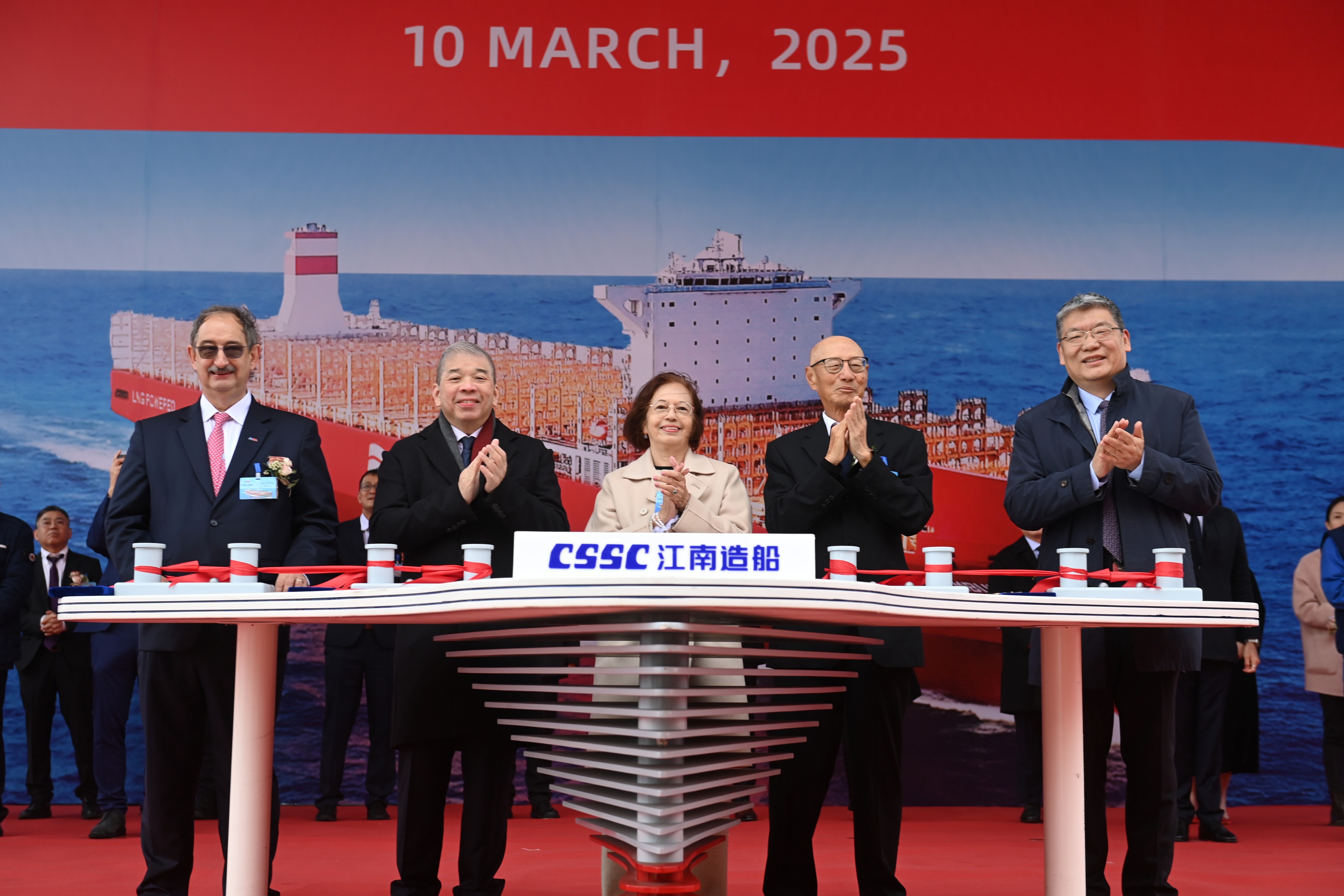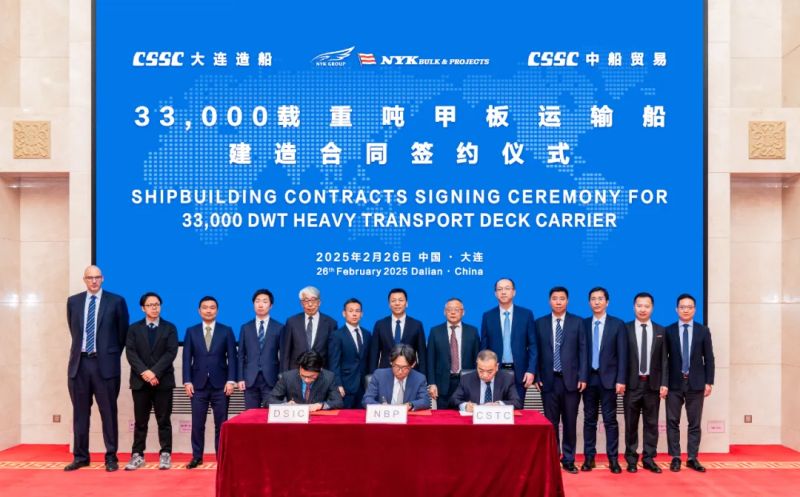
China commissioned the CNS Shandong — its second aircraft carrier and the first such ship wholly designed and built domestically — on Tuesday afternoon at a naval base in Sanya, Hainan province.
President Xi Jinping, also general secretary of the Communist Party of China Central Committee and chairman of the Central Military Commission, took part in the commissioning ceremony of the Type 002 class vessel named after the eastern province of Shandong. Xi personally handed the new ship's flag to Senior Captain Lai Yijun, its commanding officer.
A total of 5,000 personnel from the People's Liberation Army Navy and defense contractors involved in the ship's construction took part in the ceremony, which began around 4 pm.
The move brought China into an elite club of world powers that operate multiple carriers. Before China, there were only three countries with more than one carrier in active service — the United States, the United Kingdom and Italy.
Before Tuesday, the Navy had a sole carrier — the CNS Liaoning — which was originally a Soviet-era vessel and was extensively refitted at Dalian shipyard in Liaoning province. The vessel entered service in September 2012 and has executed several long-range operations with other warships in its carrier battle group.
After the ceremony on Tuesday, Xi inspected the Shandong, which had several J-15 fighter jets on its flight deck, a China Central Television report showed.
The deployment of fighter jets and helicopters on the new carrier is in stark contrast to the Liaoning, which did not field any combat aircraft in the early days after its commissioning.
The president also met members of the Navy's carrier force and representatives from organizations involved in the project, acknowledging their achievements and encouraging them to continue to make new accomplishments.
The Shandong is the largest and most sophisticated naval ship ever developed and constructed in China.
Its construction began in November 2013 at Dalian Shipbuilding Industry, a subsidiary of China State Shipbuilding Corp, the world's largest shipbuilder. The ship was first lowered into water in April 2017, and conducted its first sea trial in May 2018.
Before the commissioning, the Shandong went through nine sea trials. Video clips published by the Navy show fighter jets conducting takeoff and landing operations on the Shandong.
In mid-November, the ship set sail from the Dalian shipyard and began its final sea trial — its lengthiest yet. It sailed through the Taiwan Straits and stopped in Sanya.
The Navy earlier said the Shandong displaces at least 50,000 metric tons of water. It has conventional propulsion systems and uses a ramp to launch J-15 fighter jets, the spearhead of the Chinese carrier battle group, like the Liaoning. The ship also deploys several types of helicopters.
The new carrier features several aspects of the country's latest naval technology different from the Liaoning. For example, the Shandong has more space to accommodate fighter jets, better radar, a longer landing section and a larger air command bridge, according to previous CCTV reports.
Xiao Ning, editor-in-chief of Weapon magazine, said that the Shandong is likely to be tasked with different missions than the Liaoning. The latter is mainly responsible for testing equipment and weapons and training personnel. The new vessel, by comparison, will focus on what a genuine aircraft carrier is supposed to do: running combat-ready patrols and safeguarding a nation's maritime sovereignty and interests.
Major General Chen Zhou, a senior strategy researcher at the PLA Academy of Military Science, previously said that the second carrier is definitely not the end of China's aircraft carrier program.
In an article published in November 2018, Xinhua News Agency said a "new-generation carrier" is being constructed at an unidentified shipyard as per schedule.
Liang Fang, a professor of naval studies at the PLA National Defense University, told China Central Television in an earlier interview that the possession of two carrier battle groups will give the Chinese military higher flexibility and more options when it uses its carrier force to protect its marine and overseas interests.
Besides China, there are seven countries now operating a total of 19 aircraft carriers.
Source:Chinadaily
The opinions expressed herein are the author's and not necessarily those of The Xinde Marine News.
Please Contact Us at:
admin@xindemarine.com


 World’s Largest Pulp Carrier Delivered 213 Days
World’s Largest Pulp Carrier Delivered 213 Days  Danelec Expands High-Frequency Data Installed-Base
Danelec Expands High-Frequency Data Installed-Base  World’s Largest LNG Dual-Fuel Container Ship Triu
World’s Largest LNG Dual-Fuel Container Ship Triu  PIL advances fleet renewal with the naming of its f
PIL advances fleet renewal with the naming of its f  Xing Tong Shipping Orders four 13,000 DWT stainless
Xing Tong Shipping Orders four 13,000 DWT stainless  Breaking New Ground in Maritime Excellence: DSIC &a
Breaking New Ground in Maritime Excellence: DSIC &a